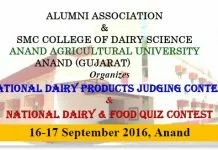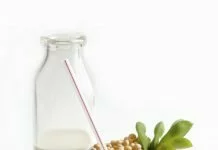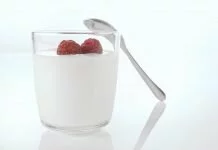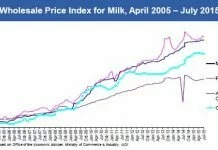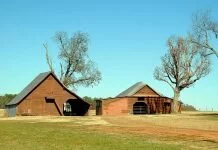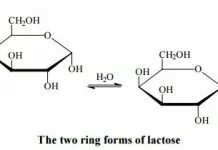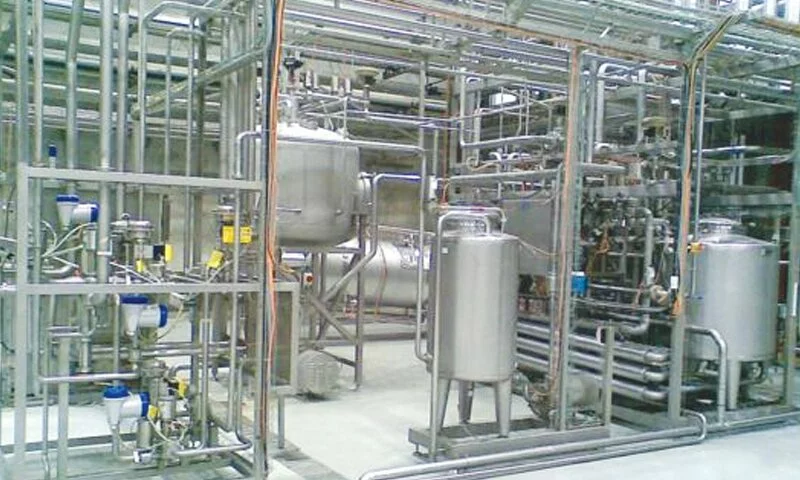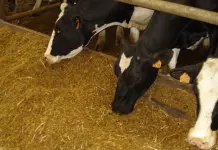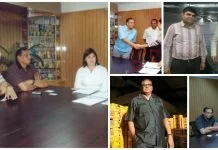The Technology of Synthetic Milk – Maneka Gandhi
A Minister of Maharashtra and his bodyguard recently entered the main slum of Mumbai on a surprise visit . He saw people in organized rows in the filthy hutments taking out milk from branded packets and putting in white water from buckets. Entire households, including children, were found with hundreds of plastic bags containing popular branded milk including Gokul, Aarey and Mahananda. Every hut had hundreds of milk bags, pots of water, a candle and a funnel to suck out milk and mix the white mixture.
Obviously the local police station was taking a percentage as their senior police officer claimed that his staff “regularly” raided the hutments, but due to legal lacunae the racket could not be shut down permanently. He did not state what the lacunae were – as the laws on food adulteration are very strong.
The Municipal Corporation of Jammu inspected 13 cans of milk at random last week. One can was not milk. Further raids uncovered a synthetic milk racket in different areas of the city.
According to the Delhi Health department estimates, 100,000 litres of synthetic milk and 30 tonnes of thickened milk (khoya) is being manufactured everyday in the city. The Prevention of Food Adulteration department of the Delhi government found , in a single day of raids, that 40 out of 229 samples of milk sold in the city was adulterated by chalk, urea, soap and other whiteners.
In one week of raids 8,000 kg of adulterated khoya was confiscated from Uttarakhand Udham Singh Nagar. Another 4,000 kg was seized by the police in Ghaziabad. Approximately 1,000 kg of contaminated khoya was recovered from Jabalpur and 7,000 kg from Indore, 6,000 kg from Ludhiana and 2,000 kg from Patiala. In two small towns in Uttar Pradesh, 1,000 litres of synthetic milk were seized. In Shivpuri, Madhya Pradesh, shop-owners clashed with police when a van full of adulterated khoya was seized.
Meerut is running khoya factories in every small lane : apart from the ingredients mentioned below, inexpensive milk powder is lumped in to double the produce. Refined oil is used to smoothen the texture of khoya – almost 10 litres of oil for 50 kg of khoya. Chemicals and synthetic colours give the khoya the right colour and scent.Even in the ‘pure’ variety, about 25 kg of adulterated ingredients are put in around 75 kg of milk. A kilogram of milk cake that you buy for Rs 250 is made for Rs 55 using adulterated ingredients. It has no milk in it at all.
Last November six children died and more than 60 fell ill after drinking adulterated milk in a state school in eastern India. On May 23rd, 2009, the Indian Dietetic Association called in experts to discuss the effect of “a crisis like situation” brewing from rampant adulteration of milk. All Indians , no matter which state they belong to or whether they are in towns or villages , have one thing in common – they all drink synthetic milk. This is India’s greatest invention and should be patented. Today,. Only 25% of the milk you drink, comes from a cow or buffalo – the rest is from the clever mixing of chemicals by a chemical scientist also called a “milk man” .
Synthetic milk technology was invented by milkmen of Kurukshetra (Haryana) 15 years ago. This technology spread very fast , as all good things do ,to Rajasthan, Himachal Pradesh and Uttar Pradesh and was soon taken up even in the illiterate and technology resistant areas of Bihar, Madhya Pradesh, Karnataka and Orissa . Now it is all over India and if you think the villages are drinking pure milk , you can forget it.
Synthetic milk is prepared by mixing urea, caustic soda, cheap cooking oil and common detergents. Detergents are added to emulsify and dissolve the oil in water giving the frothy solution, the characteristic white colour of milk. Refined oil is used as a substitute for milk fat. Caustic soda is added to the blended milk to neutralize the acidity, thereby preventing it from turning sour during transport. Urea are added for solid-not-fat (SNF).
Since its taste is disgusting , it is blended with natural milk ( whose taste is also disgusting but less so) The cost of preparing synthetic milk is Rs. 5 per litre and it is sold for upto Rs 30 per litre. Other adulterants are industrial starch, glucose, pond water and sugar.
Synthetic milk is not milk but an entirely different factory made substance. It is no longer a matter of water added to real milk but an entirely new industrial product, like shoes or newspaper, sold to you every morning. This is how it is produced :
Vegetable refined oil whose butyro refractometer reading is less than 42 is put into a wide mouthed container along with a suitable emulsifier and thoroughly mixed till it is a thick white paste. Then water is slowly added to the paste until the density of the liquid is similar to that of milk. Urea or sodium sulphate, glucose, maltose and any commonly available fertilizer are dissolved in hot water and then added to the solution. There are variations depending on the state : blotting paper, hydrogen peroxide, formalin, wheat flour, palmolein oil can be present.
The ingredients that go into the making of synthetic milk are calculated in such a way that the fat and SNF percentage is similar to milk. It passes the basic tests carried out at the village level dairy co-operative society (fat and lactometer reading ) .
Synthetic milk has cancerous properties. Urea and caustic soda are harmful to heart, liver and kidneys. Caustic soda which contains sodium acts as slow poison for those suffering from hypertension and heart ailments. Caustic soda also deprives the body from utilizing lysine, an essential amino acid in milk, which is required by babies in the womb making it dangerous for pregnant women, fetuses. Alkalis destroy proteins and body tissue . Detergents impair male reproductive ability and deform sperm, apart from giving food poisoning, problems in the gastro-intestinal system, such as vomiting, diarrhoea and abdominal pain.
Adulterated oil can cause dropsy. Synthetic colours can lead to diarrhoea , paralysis and cancer. Whom do we have to thank for this amazing invention that has changed so many lives ? Since the economy was liberalised, the dairy sector has been de licensed. Under the MMPO (Milk and Milk products order of 1992) dairies with handling capacity of 10,000 litres per day had to be registered. That ceiling has been raised to 75,000 litres of milk per day, with the result that hundreds of smaller units have mushroomed with no regulatory supervision. And it is not just them: a multinational company was caught doing the same – but was forgiven for the sake of bringing in investment into the country. After all money is more important than children.
The milkman who now buys an SUV and organizes a helicopter to drop his son’s wedding invitations is not rich because he sold his one acre near Delhi. That is the common misconception about all the suddenly hugely rich dairy owners of North India. The truth is, that these milk sheikhs are running a parallel non milk empire.
(Bihar Times)
Comments
comments





